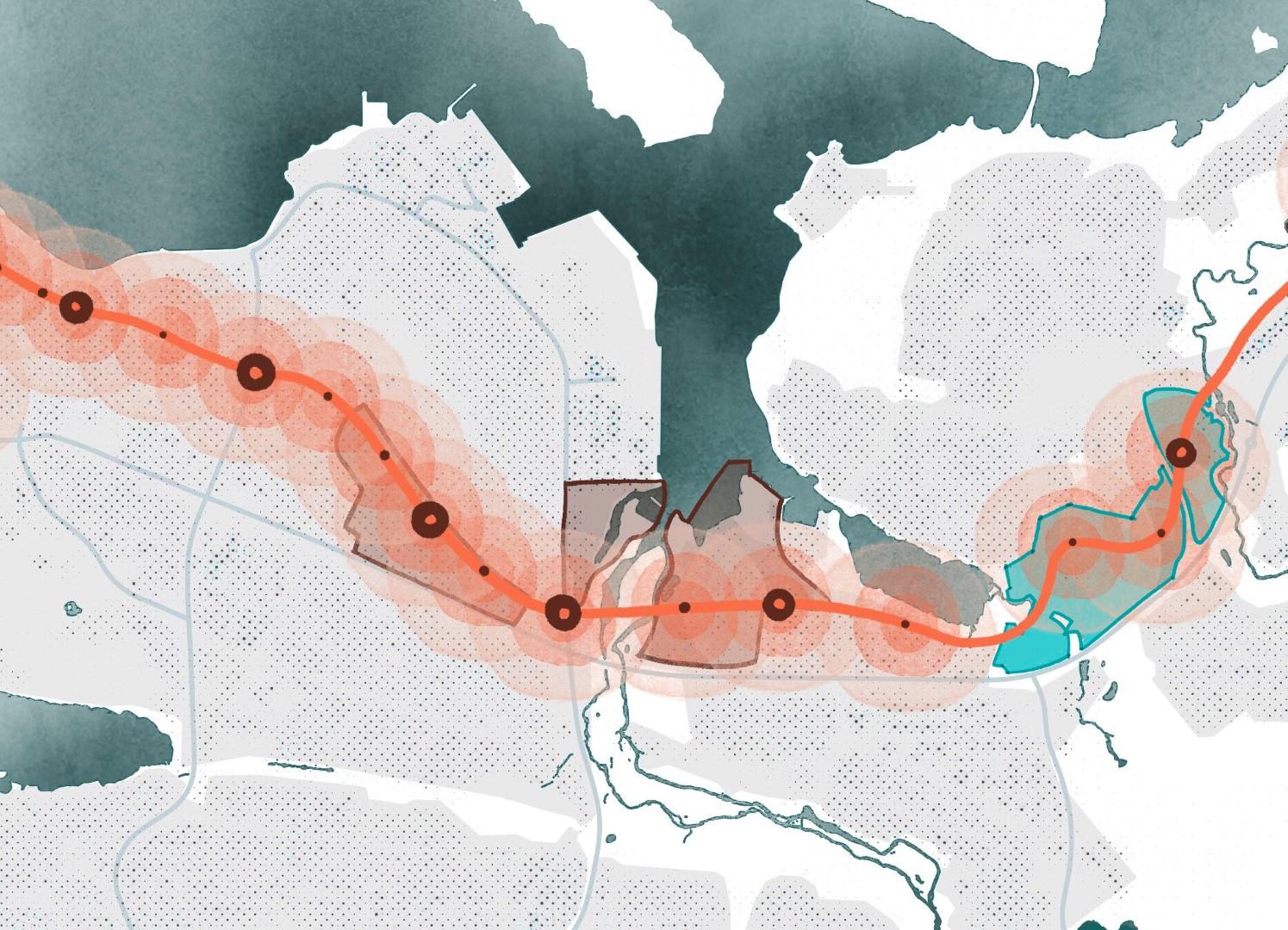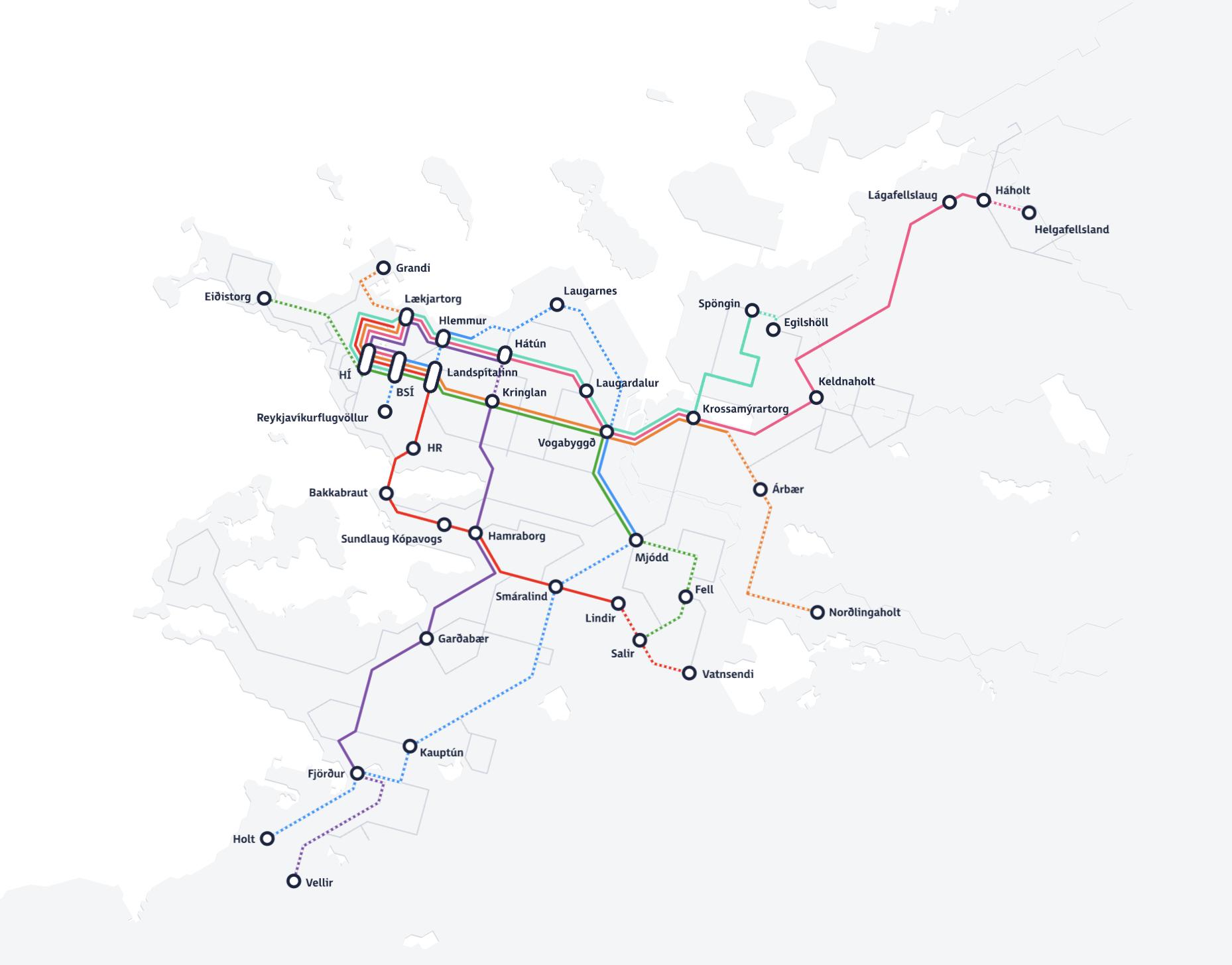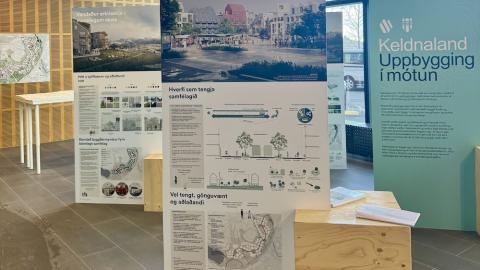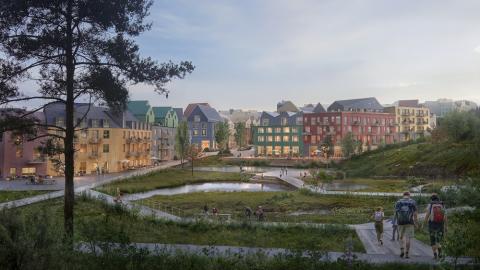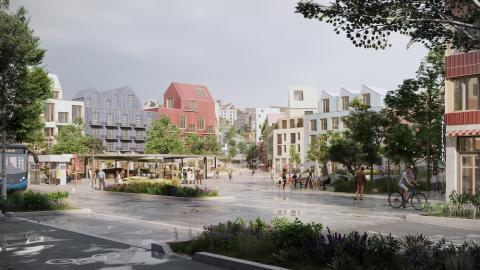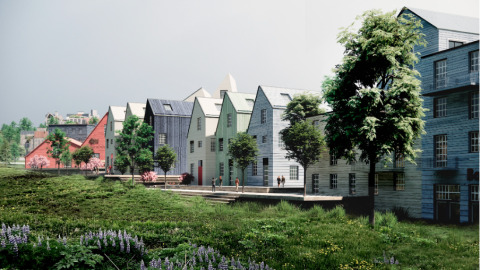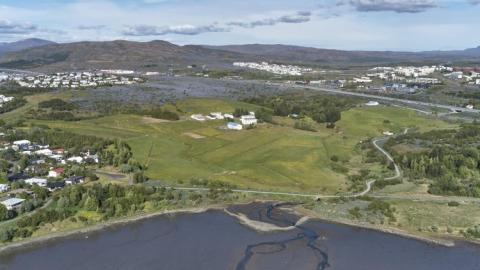Keldur
A new neighborhood is planned for development at Keldnaland in Reykjavík. The goal is to build an exciting modern neighborhood based on green transportation that supports a carbon-neutral urban community. This is a major development area and key site for housing construction in Reykjavík, with the completed neighborhood housing 12,000 people.
The planning process
Planning work for Keldnaland is underway and the process is expected to wrap up in early 2026.
We are currently conducting presentations and public consultation on the working proposal for the framework section of the municipal plan, along with draft development plans, design guidelines and transportation planning. These materials are available on the Urban Planning Portal (skipulagsgatt.is).
Aerial photographs and diagrams
A well-connected neighborhood of the future
Keldur Area and Keldnaholt are built up in cooperation between Reykjavík City and Transport for the Capital Area (I. Betri samgöngur). The project is part of the Transportation Charter and aims to speed up the development of the future neighborhood in Keldur as well as the construction of the CityLine, which runs through the neighborhood.
The aim is for CityLine’s service to start at the same time as the delivery of the first 100 apartments. The estimated travel time by CityLine from Keldur to the city center is about 20 minutes.
Mixed-use
The CityLine services are one of the main prerequisites to enable the transformation of Keldur into a mixed-use area with spaces for residential, commercial, and industrial uses. The CityLine is based, among other things, on the Transportation Charter between the Government and the municipalities in the capital area. The Charter splits the construction of the first phase of the CityLine until 2034 into six smaller phases. The total area is 116 hectares.
Open international competition
In early 2023, Reykjavík City and Transport for the Capital Area initiated an open, international competition for the development of Keldnaland. The City of Reykjavík and Better Transport ohf. launch an open, international competition for the development of Keldnaland. The competition was designed to solicit quality proposals and an interdisciplinary team to tackle the task at hand: building a development plan for the area.
The competition was held in two stages, with anonymity maintained in both parts. In total, 36 proposals for a new sustainable urban neighborhood in Keldur were received in the first stage, which ended on April 19. The selection board chose five proposals to be further developed in the second stage. The results were announced on September 26.
FOJAB architects won the bid and form the consulting team for Reykjavík City and Transport for the Capital Area on this project, working alongside Ramboll and Efla.

Natural assets
Keldur is a beautiful, green area and the focus will be on utilizing and considering the natural qualities of the area. There is an opportunity during development to use the existing cultivation in the area and integrate it into the urban environment so that the existing greenery will become green city parks. The neighborhood will be built on the southern slopes of the City and is therefore well exposed to the sun.
Sustainable Drainage Systems (SuDS) are particularly important in green areas such as here near Korpa, Grafarlækur Stream, and the mud flats of Grafarvogur. The benefits of such solutions are a healthier and greener environment, as well as more sustainable water management.
Eco-certification
The aim is for the development to be BREEAM-certified, which is an international standard used to improve, measure, and evaluate the economic, social, and environmental sustainability of development projects. Social mixing should be ensured in the area as well as combining, as much as possible, varied residential housing that appeals to different social and age groups.
For pedestrians and cyclists
In addition to good public transport, the focus will be on outstanding walking and biking routes. Furthermore, there will be an emphasis on planning based on eco-friendly and efficient transportation. The starting point is that the development of the area has as little external impact as possible on increasing car traffic on the adjacent main and connecting roads and that public transportation becomes the first choice for longer journeys.
Shared parking garages at key locations
To reduce construction costs and shorten the building time as well as reduce the impact on ground water, the plan is to build several parking garages in the area to be used by residents and for commercial activities in the area. The parking garages—each of which is shared by several residences and commercial properties on adjacent lots—should mostly replace the private underground parking and private parking.
Care must be taken to ensure that the buildings can accommodate centralized services for the adjacent areas on the ground floor and that they can be converted into commercial or residential buildings if the need for parking decreases in the future.
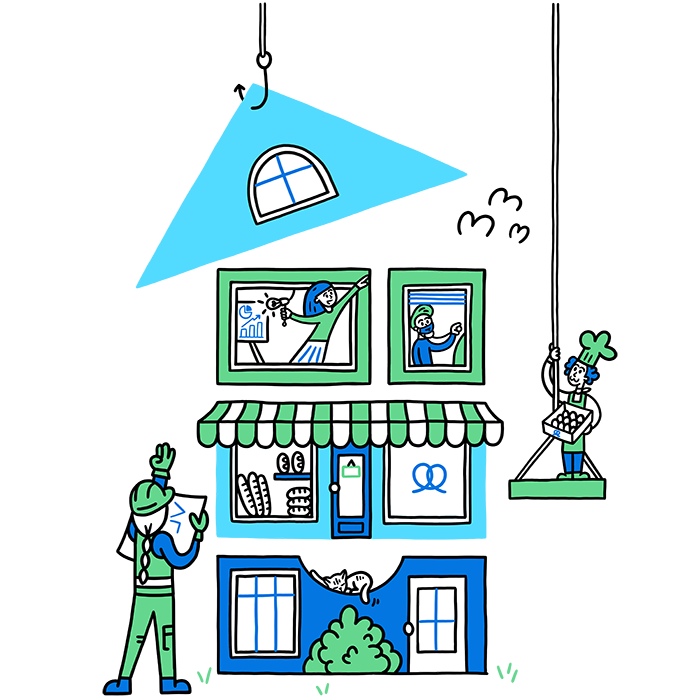
Surrounding neighborhoods
Aside from being a well-connected neighborhood on the city's development axis, it's important to connect Keldur with nearby neighborhoods. Emphasis will be placed on integrating this new neighborhood with the adjacent settlement in Grafarvogur and likewise on good connections to Grafarholt and Úlfarsárdalur.
Human-friendly and diverse
The guidelines for the planning of the area will follow the policy of Reykjavík City’s Municipal Plan on protecting the city scape, height of buildings, considering streets as part of the City, eco-friendly buildings, local shops, parking, and housing with a focus on good public spaces. Reykjavík City’s aim is to ensure high-quality design and eco-friendly solutions in the City’s neighborhoods, both existing ones and new ones.
The focus is on sustainability and a more human-friendly and diverse neighborhood. The settlement should be compact, diverse, protected from the elements, and on a human scale. The public spaces are sunny, fun, and accessible to all.
Where can I find out more?
Documentation:
- Declaration of intent for cooperation on development and construction at Keldur
- Project presentation
Want to know more or send a comment? Send an email to skipulag@reykjavik.is




